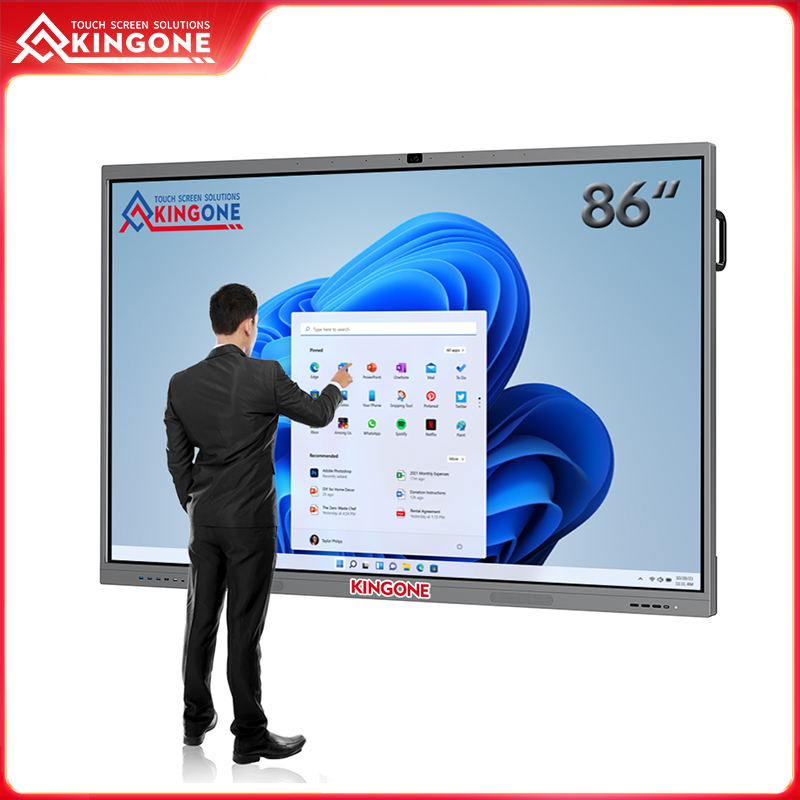What is the reason for the inaccurate touch of the advertising machine?
Published:
2024-09-10 15:56:08
Discover the common causes of inaccurate touch on advertising machines and learn troubleshooting tips to improve touchscreen accuracy.
Troubleshooting Inaccurate Touch on Advertising Machines: Key Causes and Solutions
Experiencing issues with touch accuracy on your advertising machine? An imprecise touch response can hinder user interaction and affect the overall effectiveness of your display. Understanding the common causes behind inaccurate touch performance can help you resolve these issues efficiently. Here’s a guide to diagnosing and fixing touch accuracy problems on advertising machines.

1. Calibration Issues:
One of the most frequent causes of inaccurate touch responses is improper calibration. Touchscreens require precise calibration to ensure that touch inputs are accurately registered. Over time or after hardware adjustments, recalibration may be necessary.
- Solution: Access the calibration settings in the machine’s menu and follow the on-screen instructions to recalibrate the touchscreen. Ensure the calibration process is done in a stable environment to avoid external influences.
2. Screen Protector or Dirt:
A screen protector or accumulated dirt and grime on the touchscreen can interfere with touch accuracy. This can create a barrier between the user’s touch and the screen, causing inconsistent responses.
- Solution: Regularly clean the touchscreen with a microfiber cloth and suitable cleaning solution. If using a screen protector, ensure it’s applied correctly without bubbles or dust particles.
3. Touchscreen Type and Quality:
Different touch technologies, such as capacitive, resistive, or infrared, have varying sensitivity and accuracy levels. Low-quality or outdated touchscreens may struggle with precise touch input.
- Solution: Verify the touchscreen type and quality against your application needs. For high-precision requirements, ensure the touchscreen meets industry standards and is from a reputable manufacturer.
4. Electrical Interference:
Electromagnetic interference from nearby electronic devices can impact touch accuracy. High-frequency interference can disrupt touch signal transmission and lead to erratic touch responses.
- Solution: Position the advertising machine away from potential sources of electrical interference. Ensure proper grounding and shielding to minimize electromagnetic disruptions.
5. Software Issues:
Software glitches or outdated drivers can also affect touch accuracy. Bugs or compatibility issues in the operating system or touch software can lead to improper touch detection.
- Solution: Update the operating system and touch drivers to the latest versions. Check for any software patches or updates provided by the manufacturer to address known issues.
6. Hardware Malfunctions:
Physical damage to the touchscreen or internal components can cause touch inaccuracies. Loose connections or damaged sensors may result in poor touch performance.
- Solution: Inspect the touchscreen for any visible signs of damage. If issues persist, consult with a professional technician to check internal connections and hardware integrity.
Summary:
Addressing inaccurate touch issues on advertising machines involves a combination of calibration, maintenance, and troubleshooting. Regularly clean the screen, ensure proper calibration, and check for software or hardware problems. By systematically identifying and resolving these issues, you can restore optimal touch accuracy and enhance the user experience on your advertising machine.
 English
English







